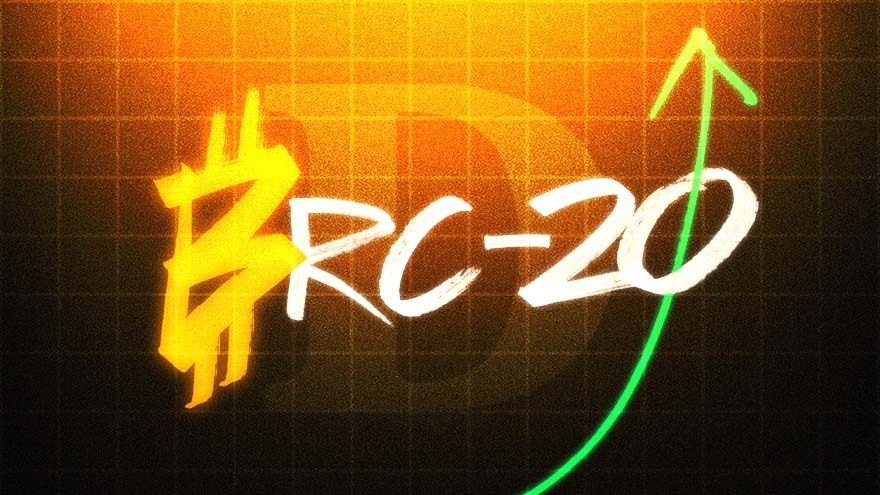Will the crypto market make a comeback? A look at the latest decline and what the future holds

The last few months have been quite brutal for the crypto market, both private and institutional investors have lost a lot of money with the ecosystem wiping out close to 70% of the gains made during the 2020-2021 bull run. If you are an avid follower of the crypto market, you have probably heard about the collapse of LUNA, a $40 billion crash that has caused a contagion effect throughout the crypto space.
Contrary to what most crypto-natives expected, the “superbike” narrative appears to have been a facade. At the time of writing, most cryptoassets are well below their all-time highs (ATHs) and will likely take some time to recover given the prevailing macroeconomic conditions. What is more worrying is the speed at which major players caught up in the LUNA mess are filing for bankruptcy.
2022 Crypto Market ‘Bank Run’
With over a decade in existence, who would have predicted that some of the largest and well-funded crypto firms would go under almost simultaneously? Well, thanks to the collapse of LUNA and Three Arrows Capital (3AC) surplus positions, several companies that had lent to the latter are now facing insolvency. This situation has undoubtedly created panic and uncertainty in the industry.
As might be expected, the companies affected by LUNA’s collapse and 3AC’s payment defaults have since gone to court to file for bankruptcy. They include Voyager Digital which recently filed for Chapter 11 bankruptcy in the Southern District of New York to allow for restructuring and prevent further financial ruin. Notably, this crypto brokerage had over 3.5 million users at the peak of the bull market, most of whom now have no access to their money.
Besides Voyager Digital, Celsius Network has also filed for bankruptcy in the same court. According to the recent documents revealed in court, this centralized crypto-lending platform has a gap of $1.2 billion in its balance sheet. Even worse, there’s a likelihood that Celsius Network customers could be the last to be compensated, according to Daniel Gwen, a business restructuring associate at Ropes & Gray.
“In particular, Celsius has pointed out in its processes that customers transferred ownership of crypto assets to Celsius, making these customers unsecured creditors. This detail may undermine the expectations of customers, who believed they were depositing their assets in a structure similar to a traditional bank, » Gwen informed Coindesk.
Meanwhile, quite a few crypto firms have recently announced a reduction in their workforce to cope with the tough market conditions. Some of the companies that have taken this route include Gemini, Crypto.com, and Coinbase. According to Coinbase co-founder and CEO Brian Armstrong, the crypto exchange’s decision to lay off 18% of its employees is necessary to prepare for what could be another long crypto winter,
“We appear to be entering a recession after a 10+ year economic boom. A recession could lead to another crypto winter, and could last for an extended period of time,” Armstrong noted in a blog post.
Fundamental development is still alpha
While the ongoing market turmoil is a major threat to the future of digital assets, past cycles have shown crypto stakeholders emerging stronger after a bear run; in fact, hard believers are of the opinion that fortunes are made in the bear and reaped under the bull. This was the case in the 2014-2017 cycle, which ushered in the ICO era and 2018-2021, in which Decentralized Finance (DeFi) and Non-fungible tokens (NFTs) took the day.
Similarly, there is a glimmer of hope in this cycle, although it is not yet clear which niches will emerge as bear market winners. The stalwart crypto industry builders remain focused on development, with exchanges such as Binance and Kraken noting that they intend to increase their workforce. Could this be a sign that crypto isn’t dead after all? Well, it seems we are not even close to such an extreme.
For the optimists, there is more reason to celebrate; the paradigm shift for DeFi innovations from speculative projects to concrete innovations. Coinbase Custody International (CCI) recently announced the addition of 70 new cryptocurrencies to its product suite. One of the assets in this listing is the ORAI ERC-20 token, the original cryptocurrency for Oraichain (the world’s pioneering AI-powered oracle and blockchain ecosystem).
“Oraichain is thrilled to have the ORAI ERC-20 token backed by Coinbase Custody International. As we continue to build enterprise solutions for both institutions and retail, this is an important step towards the adoption of our AI Layer 1 for the data economy.” read a blog mail by Oraichain.
With DeFi set to grow more popular in its next stage, the current developments are an indication that fundamental development remains king in crypto. After all, the whole point of decentralized economies is to solve the challenges facing traditional finance, contrary to the widely spread “get rich quick” narrative. It is in times like these that the market separates the chaff from the wheat.
Final thoughts
We are not out of the woods yet, there is still a lot of uncertainty about which direction the market will take in the coming months. With the latest crisis, one cannot afford to put all one’s eggs in one basket. What does this mean? It is no longer a “safe” game as some had predicted, the market clearly respects no one when it comes to corrections, especially with the high inflation rates around the world.
That said, all hope is not lost; like the previous cycles, crypto is likely to come back stronger than ever before. This requires crypto-natives to follow developments to be able to identify which trends will dominate the next uptrend. More importantly, now is the time to focus on the basics, given that both regulators and traditional financial institutions seem to have a vendetta against the coming Web 3.0 economy.

























